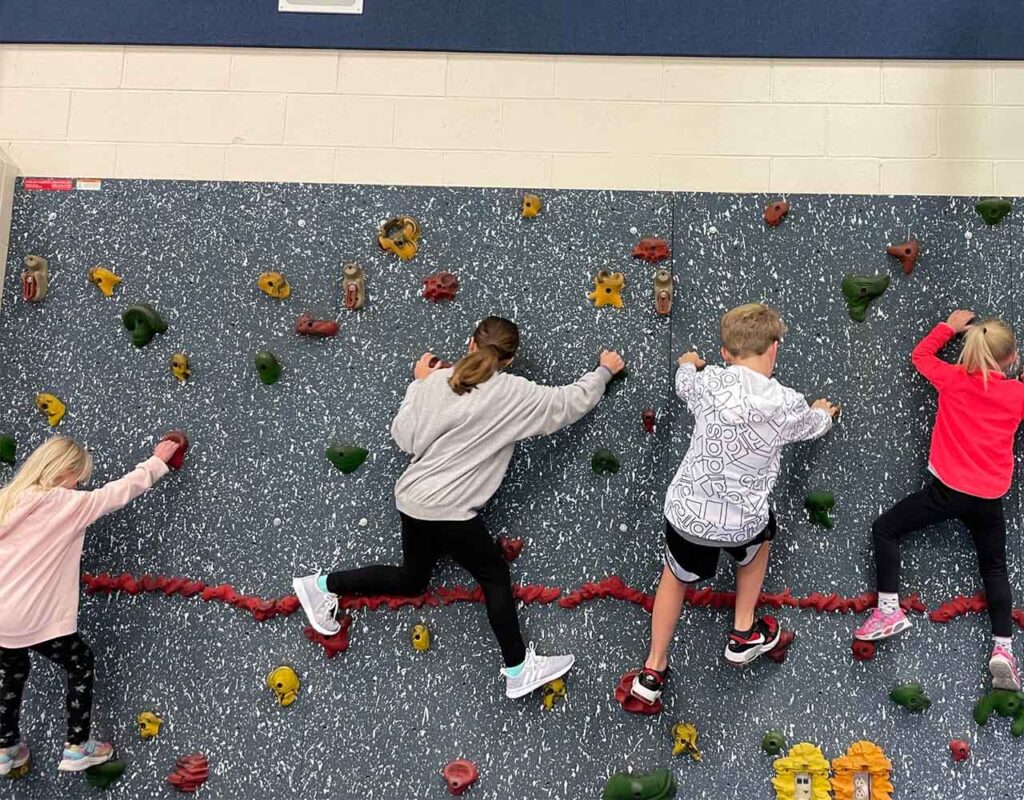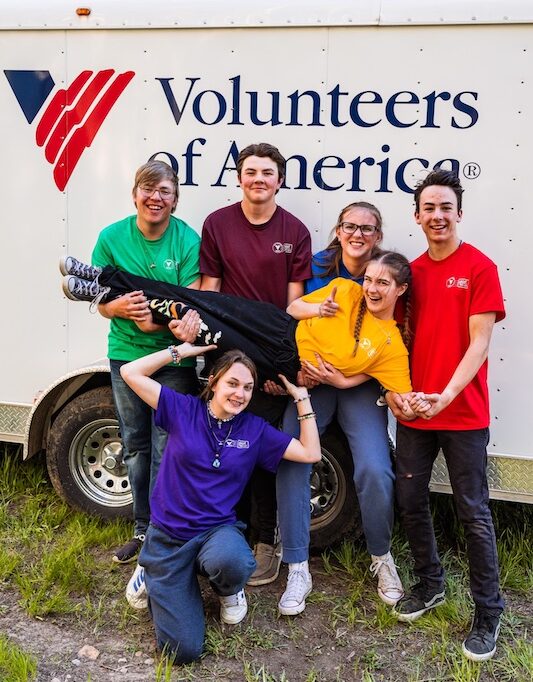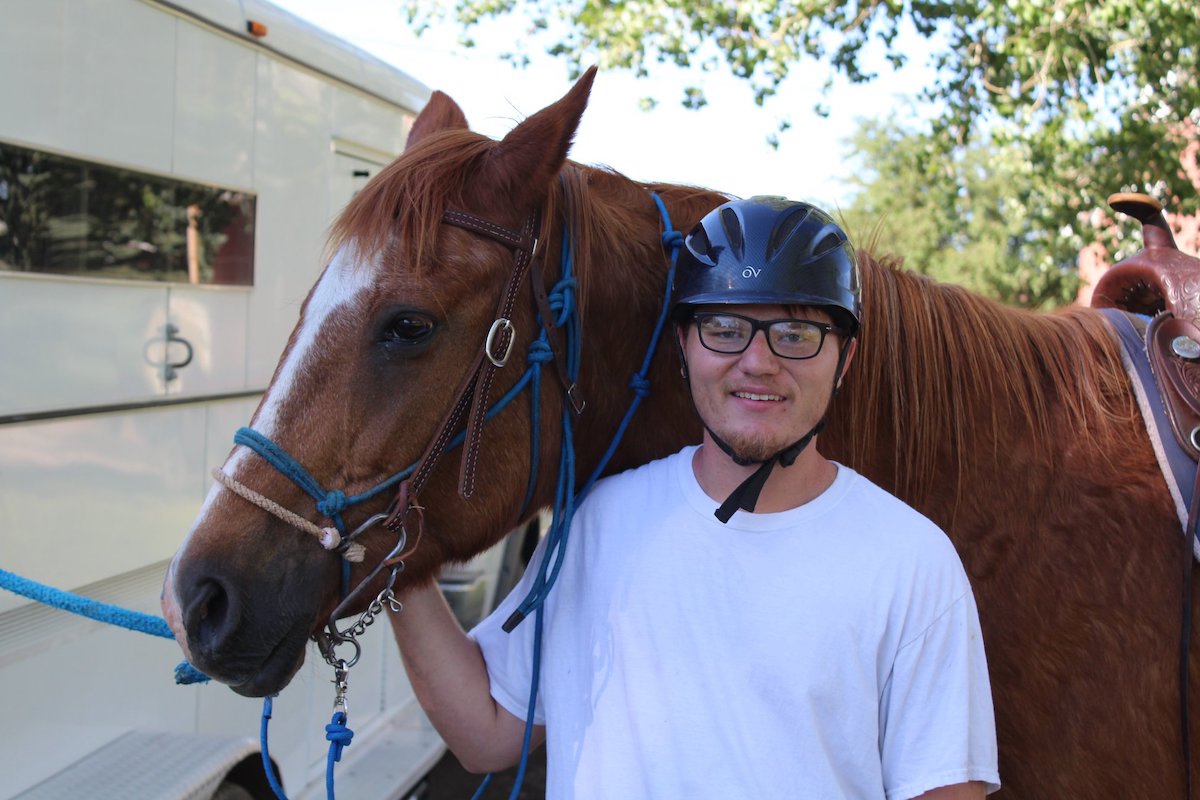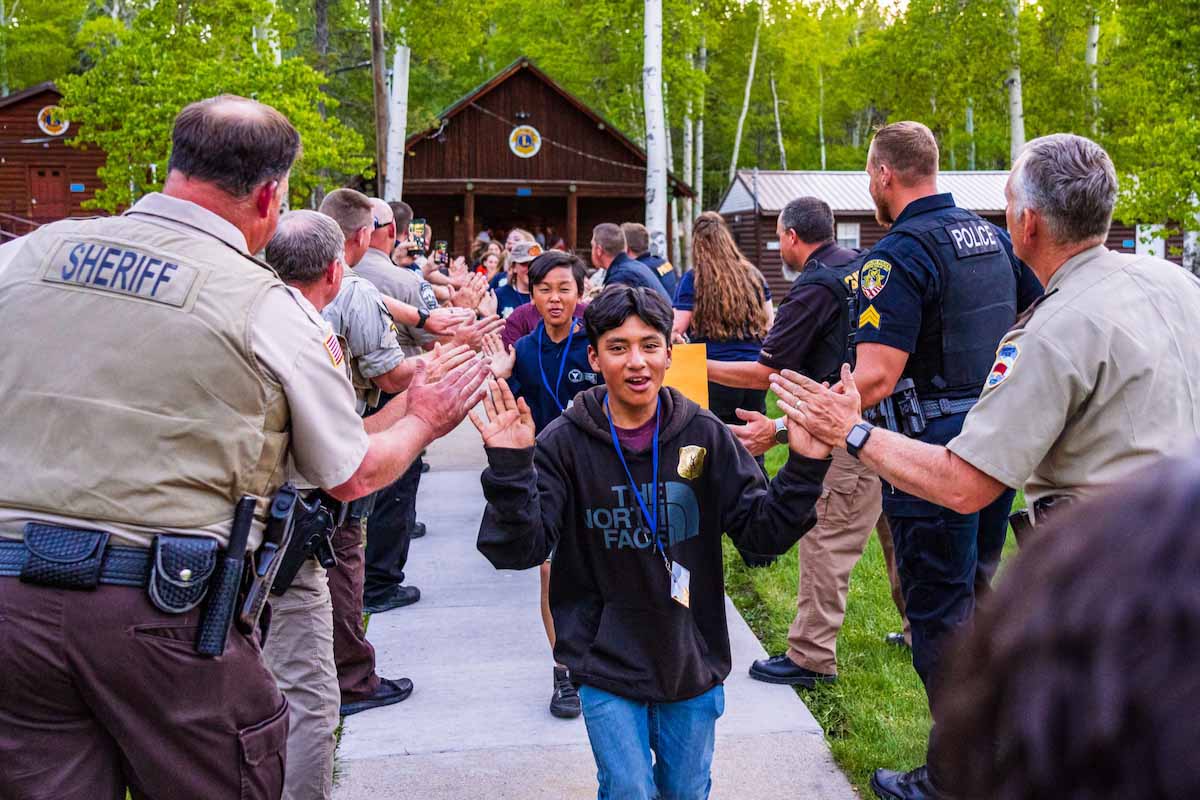Understanding for a Better Tomorrow:
A Deeper Look at the Mental Health Crisis
in our Youth
We’ve all heard the concerning statistics. Wyoming consistently has one of the highest suicide rates in the country, and mental health illness has been on the rise in our communities, including with our youth. The Hughes Charitable Foundation asked several youth mental health organizations in the state to shed more light on the problem, providing their unique insight into the increasing mental health crisis as it pertains to our younger citizens.
REASON
Feelings of isolation have been a key component in affecting mental health, especially noticeable the past three years. In the digital, in-your-face world we now live in, we are discovering that the communication found through phones and social media leaves much to be desired in terms of healthy, meaningful connection. “The COVID pandemic created a lot of isolation that continues to escalate with the use of social media,” says Heath A. Steel, Executive Vice President & Chief Business Officer for Volunteers of America Northern Rockies, an organization maintaining youth group homes in Rawlins and Sheridan, and providing in- and out- patient mental health services to southeast Wyoming.
And if feelings of isolation and lack of resources in school systems weren’t enough, the internet has greatly impacted how youth interact with each other, and even see each other. “I know bullying is a huge thing that affects kids. Bullying is completely different in terms of how it's done now,” explains David Hulshizer, Executive Director of the Youth Crisis Center (YCC) in Casper, Wyoming. The YCC houses an emergency shelter, a group home, crisis intervention services, and youth and family programming for youth across Wyoming. “I mean, some of it can be completely anonymous. And there's a lot of other pressures other than just the bullying that you see on social media. Now, if you're very curious about learning about new TikTok functions, there's a new TikTok thing out there that can actually make you look better as a person. So these kids are seeing this type of stuff, and you just wonder, so I'm not good enough. I've got to use a TikTok app to make myself look better.”
AWARENESS
As adults, we are just now beginning to understand mental health and find new ways of addressing its relevance in our lives; recognizing the signs and symptoms, and discovering resources and connections to help us through difficult times. But our youth, who spend 7 hours a day, 5 days a week in school and away from their families, may not have the opportunity or leadership to give their mental health the respect and care needed. “Youth have limited access to mental health resources within their schools,” clarifies Steel. “While there are guidance counselors available through the school system, there is a serious lack of mental health professionals.”
Hulshizer explains further. “And I think for a lot of youth that are here in Wyoming, I think that it's very likely that they understand that they're struggling with something. They may not know exactly what it is, and where the resources are to help. And I not only think that, but I think that reaching out to parents and trying to explain to them what they're struggling with and how they're struggling can be difficult. And parents then try to find the resources as well, in a rural Wyoming setting. So I think that there's a lot that goes into it when you talk about if they know that they're struggling. Certainly there's a lot of information out there about mental health disorders, different things that could be affecting them. But really when it comes down to it, it's hard to really understand what you're facing by trying to do your own self diagnosis.”
STIGMA
Awareness and resources aren’t the only obstacles in the way of youth receiving help. “Youth in Wyoming seem to understand the concept and importance of mental health, but they struggle to access it without ‘getting labeled.’ There continues to be a lot of stigma and fear around mental health for all populations, but it's particularly present among youth,” says Steel.
Rachel Suarez LeBeau, the Development Director for Cathedral Home, sheds some light on potential reasons for such stigma. “We have to acknowledge that youth are being raised by adults who may have been forced to live by the Cowboy-tough mentality in their own childhoods – so there may yet be some resistance to seeking care.” Cathedral Home offers research-based therapeutic services to youth, including counseling, residential care, a 24/7 crisis care and youth shelter, and a community resource center.
Hulshizer provides us with an example. “In law enforcement, there used to be a huge stigma to struggle with PTSD and other things that normally affect law enforcement officers because of things they see in their career. Well, there was a change about ten years ago when it became okay for someone to come up to you and say, are you doing okay? Do you need some help? I know that you're struggling. You didn't have to hide anymore that you were struggling because you're supposed to be this big, tough law enforcement person that nothing ever phases. When it finally became okay to talk about it, and it became okay for people to say, you know what? We're going to give you the help you need. And the stigma began to melt away. And I think that is the same with youth. It's like, how do we get that stigma to melt away? And how do we get youth to look out for one another and say, hey, if you need help, I know someone that can help, or to go to someone and say, ‘I think this person is really struggling, they need some help.’”
SOLUTION
As the challenges to mental health become known, it is becoming harder to ignore one of the obvious solutions to the problem.
“And then there’s funding. Healthcare statewide needs an infusion of dollars – expanding people’s coverage, strengthening provider capacity, encouraging the retention of qualified clinicians – it all takes money. We have to decide as a collective that we want to take care of one another,” emphasizes LeBeau.
Hulshizer agrees. “Funding is a big part of it – you can't conduct operations if you can't get the funding that you need, not only for the operations, but to pay people to come do the job. When it comes to salaries and things like that for clinicians, we may not be paying what other people can pay.”
He continues, “But it's just more than that. I think the overall programs in the state, we've got good programs, we just don't have enough of them. And we see a trend where kiddos have to go out of state for inpatient treatment. And I think there's more capacity in Wyoming, we just don't have the funding to take advantage of that capacity. Because it's going to be the nonprofits and the community providers that really make the largest impact in Wyoming.”
“Many of the mental health problems in our state have been identified,” says Molly Hughes, Executive Director of the Hughes Charitable Foundation. “Now, it’s time to come together and truly take action. Only together, can we leave a lasting positive impact on our youth, and set the stage for healthy, empowered future generations.”
Overcoming stigma and increased access to services and resources through funding. The power is in our hands. Let’s harness it.
Dive deeper. Read the in-depth interview transcript with the Youth Crisis Center.
Uncover and discover. Learn more about various mental health services across Wyoming.



